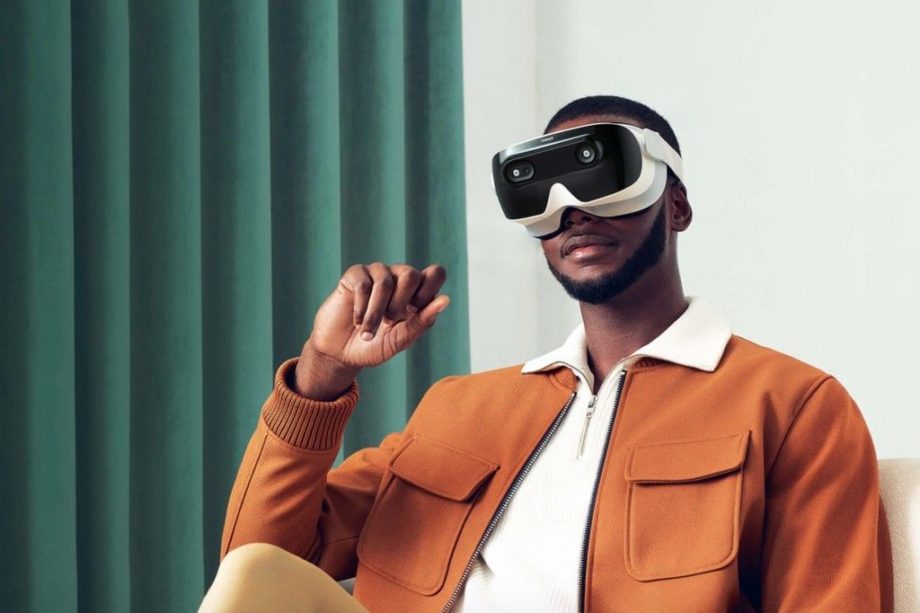In a real-world in which physical distancing is required, the “World Celebrating Togetherness” of XRSPACE becomes the perfect space for sociality.
There are those who love it and those who hate it, but surely the Sword Art Online series, a Japanese light novel written by Reki Kawahara has certainly fascinated the audiences for the completely immersive virtual reality in which the protagonist moves.
The novel was adapted into three anime series, and also as Massively Multiplayer Online Role-Playing Game -MMORPG- created by Akihiko Kayaba, a world in which the main character, Kirito, access to the virtual world, together with ten thousand other players, wearing an helmet-shaped device, the Nerve Gear, through which players are able to take total control of their avatar, managing the interaction with the surrounding environment directly with their own mind.
After the first log-in, however, players discover that the developer has deprived them of the ability to log out and has imprisoned them in the virtual world populated by monsters and deadly creatures: the only way to get out remains to defeat the final boss. The final victory is made even more difficult by the fact that dying in the virtual world means losing one’s life even in the real one.
Despite the tragic implications of the video game, the minds that gave birth to it leave us without a doubt some ideas for reflection. For example, a technology that will allow users to control and interact with the surroundings without controllers, using movements and the mind.
A similar technology would seem, if not completely impossible, very remote and difficult to see realised immediately.
The company XRSPACE, founded by Peter Chou, however, has created a project very close to Kayaba’s video game, although certainly much less dangerous. It is an alternative virtual world that can be accessed thanks to MOVA, a VR viewer created in collaboration with Qualcomm. Smaller and lighter than other similar tools on the market, it is able to recognise the user’s movements and automatically translate them into actions in the virtual world, without the actual use of controllers. The device uses a new optical system that ensures accurate tracking of hands and fingers, allowing social interactions with the hands.
The avatar made available to the player is among the most realistic ever made so far, full-body and in The Sims style. It is completely customisable in physical appearance and in the outfit and is able, through perfect synchronisation with the user, to translate facial expressions in the virtual world.
MANOVA, this is the name of the virtual city, is divided into private and public spaces: the former means one’s own home, which is completely customizable. The game offers the possibility to scan your room with the viewer creating a virtual copy of the real environment.
In public spaces, on the other hand, it is possible to interact with other users in a city center with many activities to carry out. Locations include cinemas, nightclubs, bars, parks, stadiums and beaches. You have the opportunity to play sports, go for walks or simply relax.
In the period of health crisis in which we are living, in which physical distancing is required, the XRSPACE world fits perfectly and highlights, once again how VR can meet the social needs of people and shows a new era for sociability, very different from the previous one.
It is no coincidence that the claim of XRSPACE is “A World Celebrating Togetherness”.
XRSPACE has created a seemingly perfect world for people to escape to, away from trouble and disaster. However, a question arises: what will happen to people if they begin to prefer this artifact to real life? And above all, will still be possible for people to clearly distinguish the virtual world from the real one in future?


